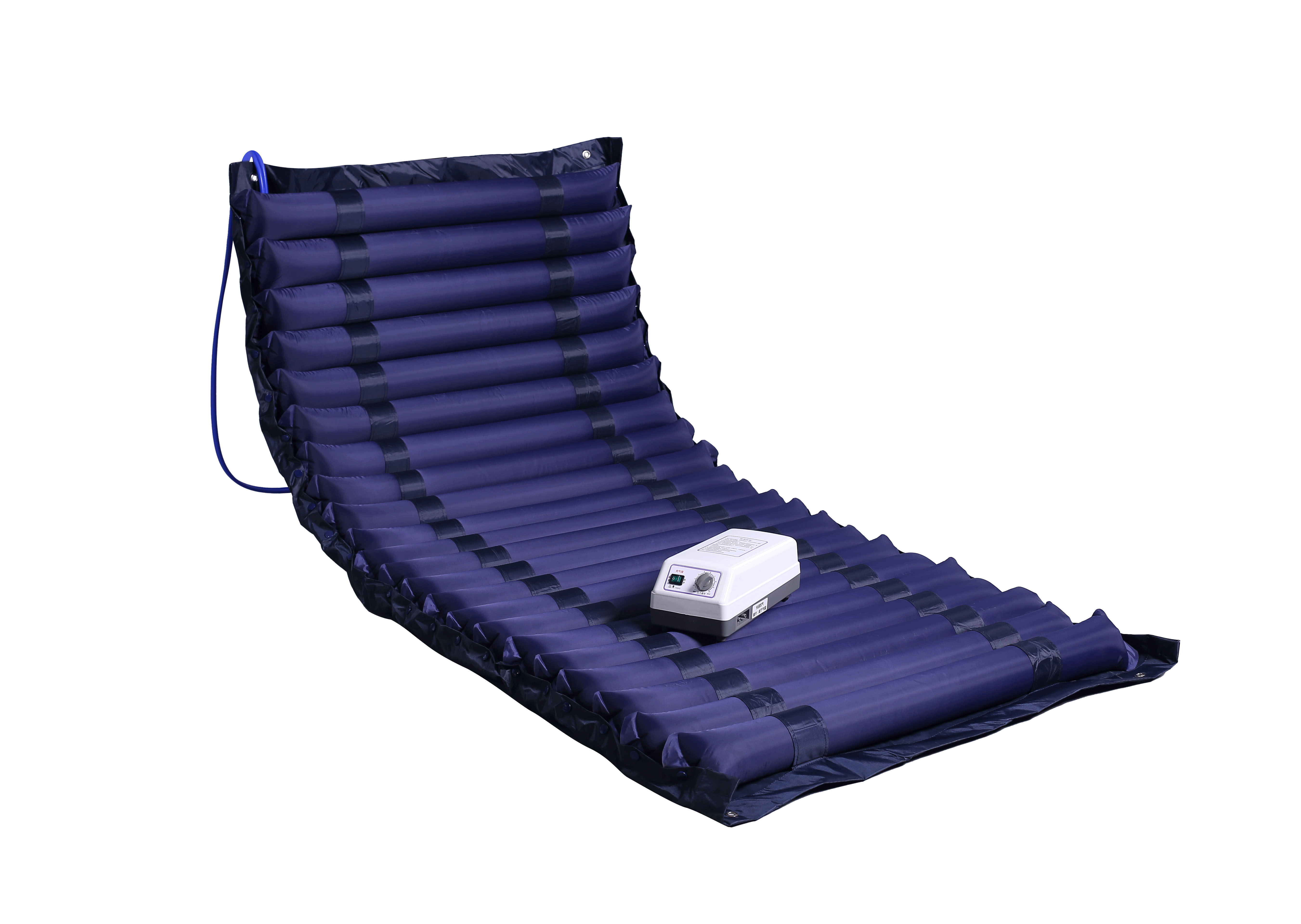Welcome to our websites!
hospital ward trolley
Hospital Ward Trolley An Essential Tool in Patient Care
In the fast-paced environment of a hospital, efficiency and accessibility of medical supplies are crucial for ensuring proper patient care. One of the indispensable tools in this context is the hospital ward trolley. These mobile carts are designed to carry essential medical equipment and supplies, facilitating the smooth operation of daily activities in a hospital ward.
Design and Functionality
Hospital ward trolleys are typically made from durable materials such as stainless steel or high-grade plastic, which ensure longevity and ease of cleaning. Their design is both practical and versatile, often featuring multiple shelves, drawers, and compartments tailored to meet the diverse needs of healthcare professionals. Some trolleys come equipped with specialized compartments for medications, bandages, or diagnostic tools, while others may include a waste disposal unit for maintaining hygiene standards.
One of the most appealing aspects of hospital ward trolleys is their mobility. Most trolleys are fitted with wheels, allowing healthcare providers to easily transport them to various locations within a ward. This feature is particularly important in emergency situations where speed is of the essence. A well-stocked trolley can mean the difference between timely treatment and unnecessary delays, ultimately impacting patient outcomes.
Importance in Patient Care
The role of the hospital ward trolley extends beyond mere convenience; it is a pivotal element in delivering high-quality patient care. Efficient access to medical supplies can enhance the workflow of doctors and nurses, enabling them to address patient needs more rapidly. For instance, during rounds, the healthcare team can have immediate access to essential tools, medication, and supplies, reducing the time spent searching for items and allowing them to focus more on patient interaction and care.
Moreover, the organization of supplies within the trolley can contribute to error reduction. With a clearly organized system, healthcare providers can avoid mistakes related to medication administration or treatment protocols. Standardized trolleys can serve as a reminder of best practices, effectively decreasing the chances of oversight in a high-stress environment.
hospital ward trolley

Customization and Specialization
As healthcare continues to evolve, so too do the designs and functions of hospital ward trolleys. Many institutions now utilize customized trolleys designed for specific departments, whether it be pediatrics, surgery, or intensive care units. These specialized trolleys are equipped with the tools most relevant to the specific care requirements of each department, thereby streamlining operations and improving patient outcomes.
Additionally, advancements in technology have paved the way for high-tech trolleys. Some modern models come with integrated computer systems or electronic health record (EHR) access, allowing nurses and doctors to update patient information on-the-spot while providing care. This integration of technology enhances the accuracy and efficiency of patient data management, ultimately leading to better-informed clinical decisions.
Challenges and Considerations
Despite the numerous advantages of hospital ward trolleys, there are still challenges that institutions face. For example, overcrowded trolleys can lead to difficulties in accessing supplies, which may inadvertently slow down response times when dealing with critical cases. Institutions must find a balance between stocking trolleys adequately and keeping them organized to ensure that healthcare providers can access what they need without excessive rummaging.
Furthermore, regular maintenance and cleaning of trolleys are vital to prevent cross-contamination and ensure adherence to hygiene standards. Regular training for staff on effective organization and management of ward trolleys can also enhance their usability.
Conclusion
In summary, hospital ward trolleys play a crucial role in the delivery of healthcare. Their design promotes efficiency, promotes patient care, and offers customization for various departmental needs. To maximize the benefits of these tools, healthcare facilities must be mindful of organization and maintenance practices. As healthcare technologies continue to evolve, so too will the role of the ward trolley, remaining an essential component in the ever-changing landscape of healthcare. Thus, investing in quality trolleys and training staff on their optimal use is vital for any healthcare institution aiming for excellence in patient care.
-
Transforming Healthcare with Hospital FurnitureNewsJun.24,2025
-
Rehabilitation EquipmentNewsJun.24,2025
-
Mobility and Independence with WheelchairsNewsJun.24,2025
-
Freedom of Mobility with Our Rollator WalkersNewsJun.24,2025
-
Comfort and Independence with Commode ChairsNewsJun.24,2025
-
Bathing Safety and Independence with Shower ChairsNewsJun.24,2025
-
Navigating the Wholesale Landscape of Electric Mobility Solutions: Key Considerations for Power Wheelchair DealersNewsJun.10,2025











